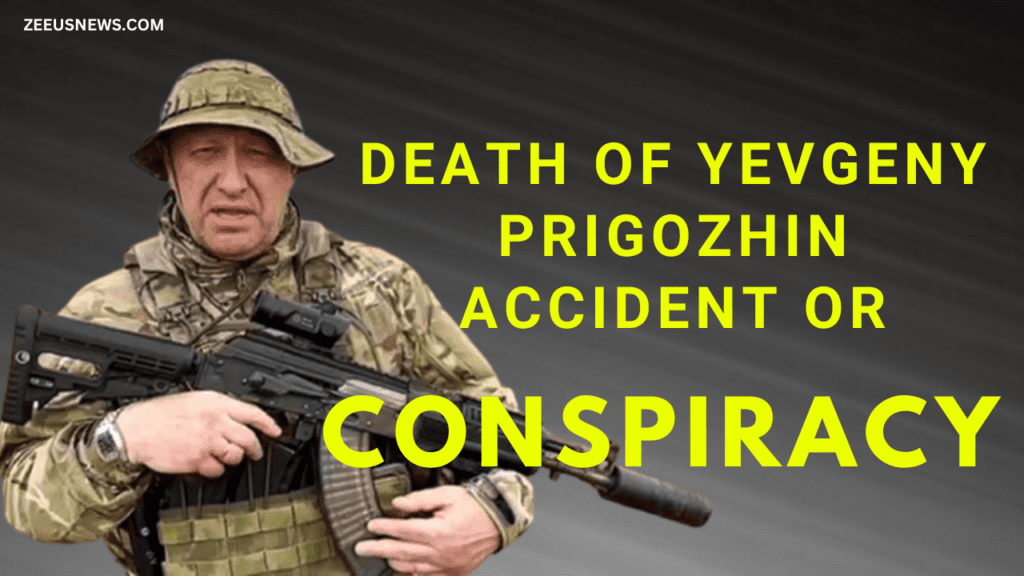The Recent Red Sea Attack
Houthi Attacks on American Ships: The decision made by the United States to include the terrorist group Houthi in the global terror list has raised significant concerns worldwide. This decision, which will come into effect in one month, comes at a time when Houthi rebels have been continuously attacking ships passing through the Red Sea, including American vessels. In response, the United States has also conducted attacks on Houthi strongholds in Yemen. Let me provide you with more details.
Continuous Attacks and the American Response
The latest attack targeted an American-owned vessel in the waters of the Aden Gulf. The damage caused to the ship has been significant, and this attack occurred after the United States decided to reinclude Houthi in the global terror list. The decision is set to take effect on February 16th, with a one-month grace period allowing for negotiations with various stakeholders, ensuring that relief supplies can reach the people of Yemen who are currently facing a dire humanitarian situation.

However, if Houthi refrains from further attacks in the Red Sea, there will be a reconsideration of this decision. Previously, Houthi was included in the global terror list during the Trump administration but was removed in February 2021. The delisting was a cause for concern as it obstructed the delivery of essential relief supplies to the people of Yemen. Yet, with the recent attacks carried out by Houthi and their persistence in the region, the United States has taken retaliatory action by destroying 14 missiles that were intended for future attacks on ships in the Red Sea and the areas under Houthi control.
The Escalating Threat and Tensions in the Region
The repeated warnings issued by the United States and the subsequent attacks on Houthi targets have failed to deter their aggression. This has escalated the potential for further conflict and expanded the scope of the war. Similar patterns of aggression have been observed in Syria and Iraq, where Iran has directly targeted both countries. Moreover, the tension between Iran and Pakistan has also heightened, potentially leading to an even more volatile situation.
Pakistan, in response to the attack on its sovereignty, has hinted at possible retaliation, emphasizing its right to defend itself. The open-ended conflict between Hamas and Israel, combined with the continuous attacks on Houthi strongholds, has created a deeply concerning scenario. Iran has also begun targeting its adversaries in Syria, Iraq, and Pakistan. The overall situation is becoming increasingly alarming, with the risk of further escalation and widespread conflict.
The Importance of Addressing the Red Sea Crisis
International stakeholders must address the crisis in the Red Sea and find a peaceful resolution. The continued attacks by Houthi rebels and the retaliatory actions from the United States and its allies have significantly raised tensions in the region. The risk of further escalation and the expansion of the conflict pose severe threats to global security and stability.
Efforts must be made to engage in diplomatic talks and negotiate a ceasefire between the warring parties. The international community should prioritize the delivery of humanitarian aid to the people of Yemen, who are suffering from the dire consequences of the ongoing conflict. By finding a peaceful resolution, it is possible to prevent further escalations and work towards establishing stability in the region.
Conclusion
The recent Red Sea attack and the inclusion of Houthi in the global terror list have intensified concerns globally. The ongoing attacks by Houthi rebels on ships passing through the Red Sea, including American vessels, have prompted retaliatory actions from the United States. The escalating tensions in the region, coupled with Iran’s aggression towards its adversaries, have further heightened the risk of conflict. International stakeholders must address the Red Sea crisis, prioritize diplomatic efforts, and provide humanitarian aid to the affected population. By doing so, we can strive towards achieving peace and stability in the region.


